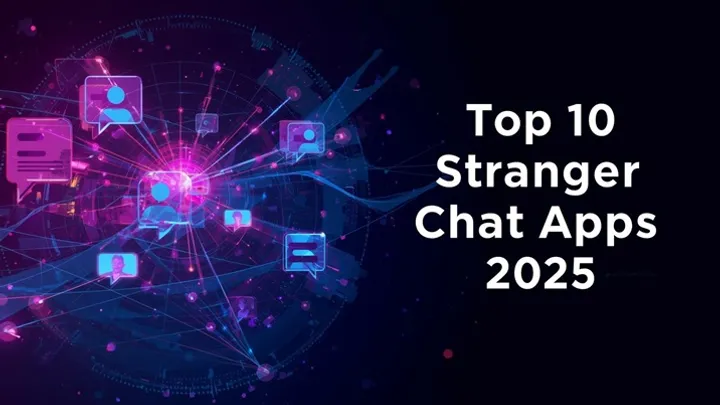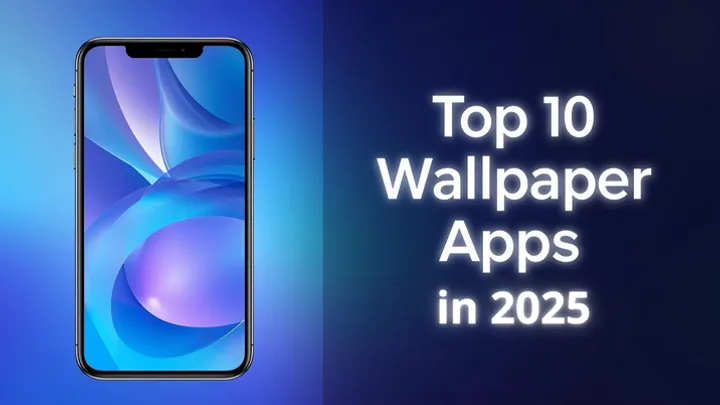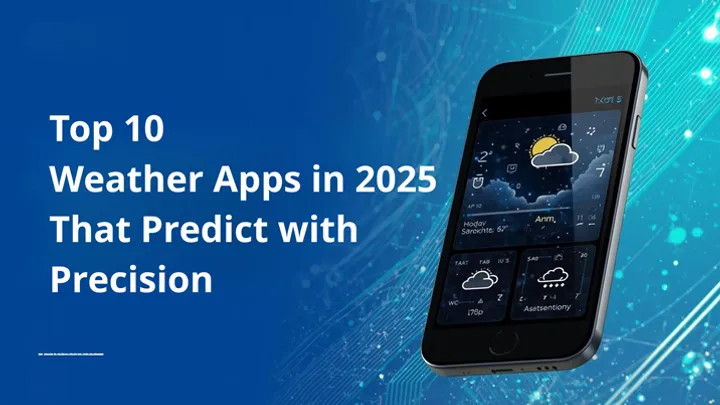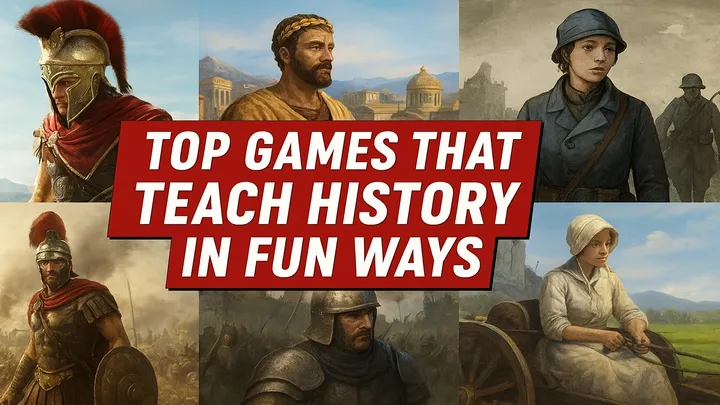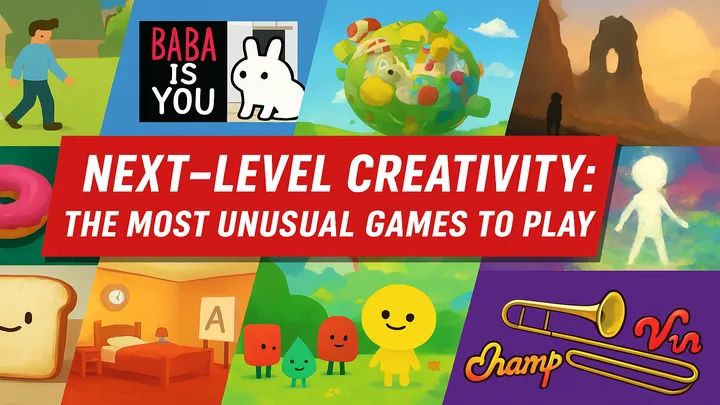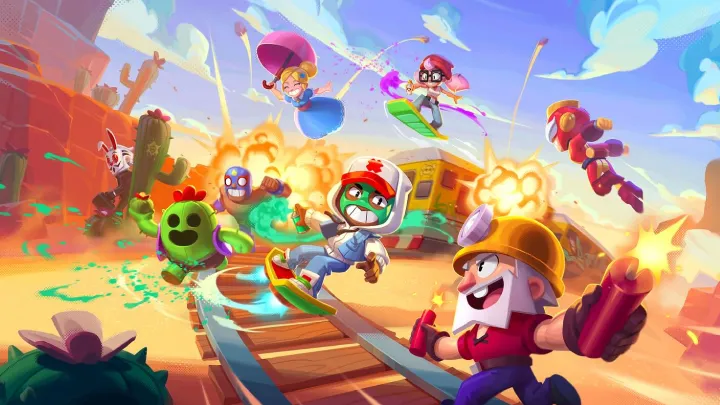FIFA 23 introduced HyperMotion2 technology as the centerpiece of its innovation, marking a step forward in bridging the gap between virtual football and its real-world counterpart. Unlike surface-level improvements such as graphical polish or UI redesigns, HyperMotion2 fundamentally altered the way animations, physics, and AI behavior unfolded on the pitch. By utilizing advanced motion capture and machine learning, EA Sports pushed FIFA toward an era where matches feel less scripted and more reactive. This article explores HyperMotion2 in depth, tracing its role in FIFA 23 across animation, tactics, immersion, and gameplay balance.
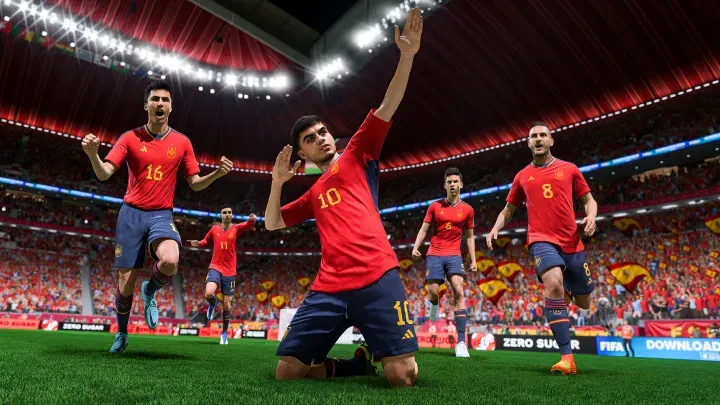
The Origins of HyperMotion Technology
Before FIFA 23, the original HyperMotion in FIFA 22 was the first step toward realistic animations through machine learning. However, it was limited in scope, focusing mainly on enhanced movements captured via Xsens suits during 11v11 matches. HyperMotion2 expanded this dataset, nearly doubling the motion capture library. This gave FIFA 23’s players a deeper layer of authenticity.
HyperMotion2 was not just a sequel to an existing feature—it was an evolution. EA Sports wanted to make every sprint, pass, and collision feel unique, moving beyond repetitive motion loops.
Building a Library of Motion Data
HyperMotion2 is powered by a vast library of animations created by capturing entire football matches, training drills, and situational plays. By recording real players under competitive conditions, the developers replicated fluid movements like accelerations, decelerations, shoulder-to-shoulder battles, and even micro-adjustments before receiving the ball.
Unlike older FIFA titles that relied on small motion-capture samples, FIFA 23 fed thousands of hours of data into its system. This expanded library allowed players to react in nuanced ways that once seemed impossible in a football game.
Machine Learning and Real-Time Decision Making
What truly differentiates HyperMotion2 from past animation engines is the use of machine learning. The system evaluates contextual factors—ball position, player pressure, and tactical shape—and generates animations dynamically.
For example, a striker positioning for a volley doesn’t simply trigger a preloaded animation. Instead, HyperMotion2 considers the ball’s trajectory, the defender’s proximity, and the player’s balance to create a motion that feels responsive and lifelike. This made FIFA 23’s matches unpredictable, closer to real football where no two moments are identical.
Impact on Player Movement and Responsiveness
The most noticeable effect of HyperMotion2 is seen in player movement. Sprinting, turning, and stopping feel heavier yet more natural, reflecting real athletic motion. Defenders no longer pivot unrealistically at sharp angles, while attackers gain momentum that requires proper control.
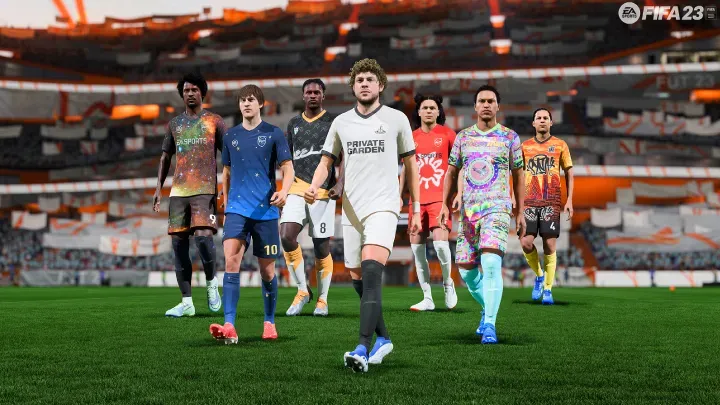
This change redefined dribbling and off-the-ball runs. Players felt more human, sometimes making slight errors in control or taking an extra step before releasing a pass. These imperfections added realism while challenging players to adapt strategically.
Collision Physics and Body Interactions
HyperMotion2 significantly refined body interactions and collisions. Tackles, shoulder barges, and mid-air duels are now driven by physics-informed animations. This means contact feels less like a binary success/fail system and more like a spectrum of outcomes.
For instance, a defender might partially connect in a sliding tackle, deflecting the ball but stumbling afterward. These small details prevent repetitive playstyles and immerse players in the chaos of real football clashes.
Tactical Depth Enhanced by Animation Fluidity
Because HyperMotion2 created smoother transitions between animations, tactical play became more meaningful. Players could press high and watch their AI teammates respond more intelligently, cutting passing lanes and shifting shape dynamically.
This added realism to defensive systems and offensive creativity alike. Counterattacks unfolded with urgency, while possession play benefited from more precise movement off the ball. For the first time in years, FIFA players felt that tactics were shaping the game, not just button inputs.
The Emotional Layer of HyperMotion2
Beyond mechanics, HyperMotion2 also influenced the emotional tone of matches. Player celebrations, frustrations, and body language conveyed greater authenticity. A missed shot might be followed by a realistic gesture of disappointment, while last-minute goals sparked cinematic reactions from the entire squad.
This emotional realism connected players to the drama of football, making Career Mode, Kick-Off, and Ultimate Team matches feel more alive than before.
HyperMotion2 in Career Mode and Ultimate Team
The impact of HyperMotion2 was not limited to exhibition matches. In Career Mode, player growth and narrative arcs gained depth when matches felt authentic. Developing a youth striker and watching them move with realistic footwork elevated immersion.
In Ultimate Team, where high-level competition thrives, HyperMotion2 balanced spectacle with unpredictability. Even elite squads faced challenges, as animations reacted more dynamically to context, reducing reliance on scripted “meta” tactics.
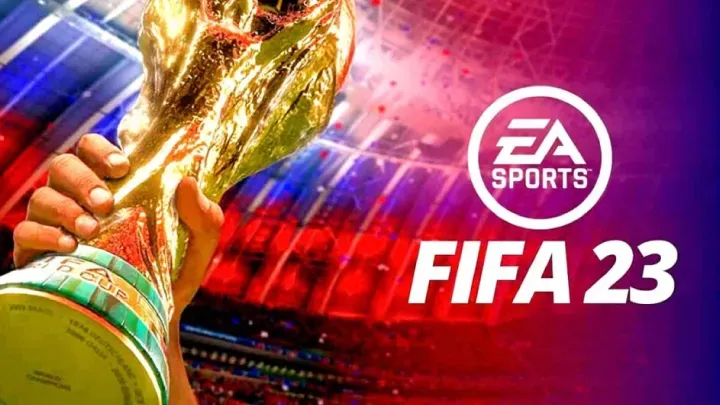
Limitations and Criticisms of HyperMotion2
Despite its innovation, HyperMotion2 was not flawless. Some players argued that animations, while realistic, occasionally felt sluggish compared to the fast-paced expectations of online matches. Competitive players wanted snappier responses, while simulation fans embraced the slower realism.
Additionally, HyperMotion2 demanded significant processing power, meaning players on older consoles experienced a reduced version of FIFA 23’s realism. These limitations highlighted the challenge of pleasing diverse audiences.
The Future Beyond FIFA 23
HyperMotion2 laid the groundwork for future football simulations. By proving that machine learning and real-world data could redefine sports gameplay, EA Sports set expectations for even deeper realism in EA Sports FC and beyond. Future iterations are expected to expand motion libraries further, refine contextual awareness, and perhaps even introduce adaptive animations unique to individual player identities.
FIFA 23 was not the endpoint but a bridge to a new era of football gaming where technology doesn’t just replicate the sport but evolves with it.
Conclusion
HyperMotion2 redefined FIFA 23 by embedding realism into every second of gameplay. Through motion data, machine learning, and refined physics, it created a football simulation that felt alive, unpredictable, and emotionally resonant. While not without its limitations, HyperMotion2 marked a fundamental shift in how sports games interpret movement and strategy. It elevated FIFA 23 beyond scripted animations, making each match feel like its own unique story.









